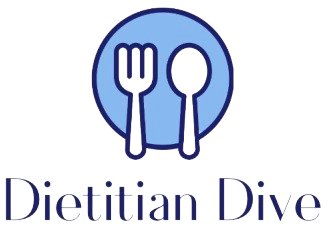Eating healthy doesn’t have to mean sacrificing flavor in your meals. Cooking methods can significantly impact the nutritional value of your food, affecting your overall health. Here, we explore several dietitian-approved cooking techniques that maximize nutrition while minimizing unhealthy fats, salts, and sugars.
1. Steaming
Steaming is perhaps one of the best methods for preserving the vitamins and minerals in vegetables and fish. Because steamed foods are not submerged in water and are cooked at relatively low temperatures, fewer nutrients are lost compared to boiling or high-heat methods. Unlike frying or sauteing, steaming does not require oils or fats to cook food, making it a lower calorie cooking method. Steaming is simple and quick, and it keeps your vegetables crisp, retaining their natural flavor and colors.
2. Grilling
Grilling is a popular method that can be both healthy and flavorful. It allows fats to drip away from the food, reducing calorie intake. However, it’s crucial to grill at a safe temperature to avoid the formation of harmful carcinogens. Using marinades not only adds flavor but can also help reduce these risks. Opt for lean meats and a variety of vegetables to grill, ensuring a flavorful and colorful plate that’s packed with nutrients.
3. Baking
Baking is a versatile cooking method that can be used for meats, vegetables, and fruits. It requires minimal added fat and can enhance the natural sweetness and flavors of foods. When baking, consider using herbs and spices instead of salt to enhance flavor, and experiment with healthy fats like olive oil or avocado oil.
4. Sautéing
Sautéing quickly cooks food at a relatively high heat with a small amount of fat. It’s excellent for vegetables, as the quick cook time can help retain nutrients that might be lost during longer cooking processes. Opt for healthy oils like olive or avocado oil and keep the heat moderate to prevent damaging the oils and producing harmful free radicals.
5. Poaching
Poaching involves cooking food gently in a barely simmering liquid. This method is suitable for delicate foods like eggs, fish, and fruit. It’s a fat-free cooking method that keeps foods moist and tender. The key to poaching is to keep the temperature low enough that the liquid never reaches a full boil.
6. Slow Cooking
Slow cookers are excellent for preparing meals without fuss and minimizing nutrient loss. They use low temperature and longer cooking times, which can help break down tougher cuts of meat without the need for added fats. Plus, the low and slow method allows for better retention of flavors and nutrients. Remember to trim meats and use plenty of vegetables to make your dish balanced and healthy.
7. Pressure Cooking
Pressure cooking is another method that uses steam under high pressure to cook food faster, using less energy than many other methods. It helps in retaining the water-soluble vitamins and minerals that are often lost in other cooking methods. Pressure cooking can be used for a variety of foods, including meats, grains, and legumes.
Conclusion
Integrating these healthy cooking techniques into your daily routine can make a significant difference in your diet and overall health. Each method has its unique benefits and flavors, offering a range of options depending on your dietary needs and preferences. Remember, the cornerstone of healthy eating is variety, so feel free to combine these techniques to keep your meals exciting and nutritious. Happy cooking!





